Some Animals Live for Just Hours
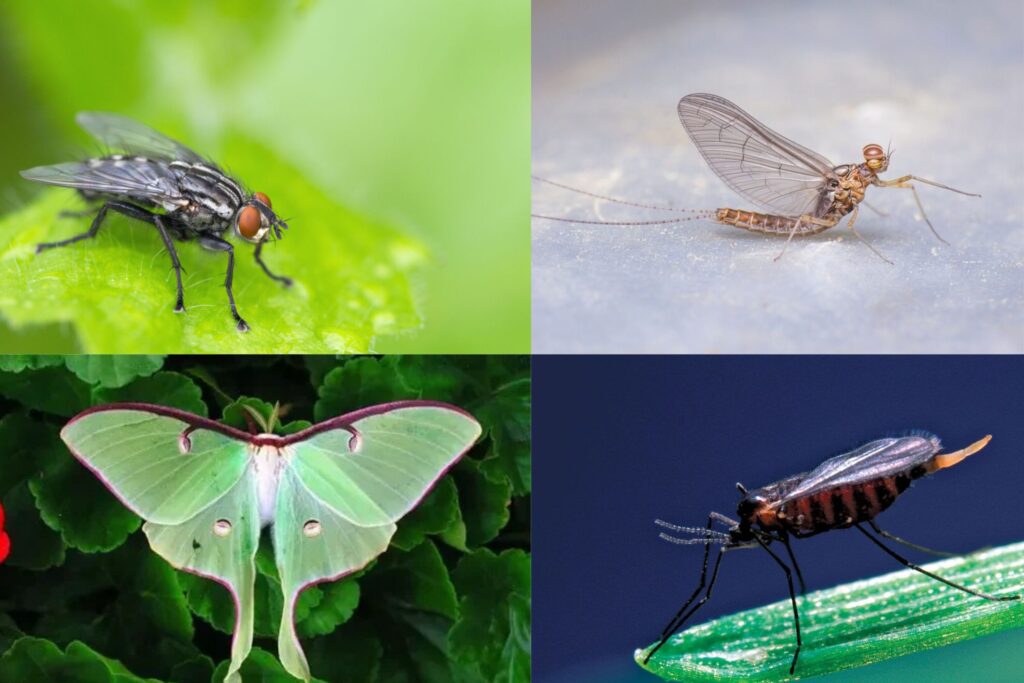
Not every creature is designed to last a lifetime. While giant tortoises can see centuries pass and whales glide through decades of ocean tides, some animals barely taste the light before their time runs out. These tiny lives are fleeting but meaningful, showing us how nature cares more about survival and reproduction than age. Their entire existence is spent on a mission to keep their kind alive, even if it means fading quickly. From insects in the air to shrimp in the sea, here are 10 animals with the shortest lifespans on Earth.
1. Mayfly – 24 Hours or Less
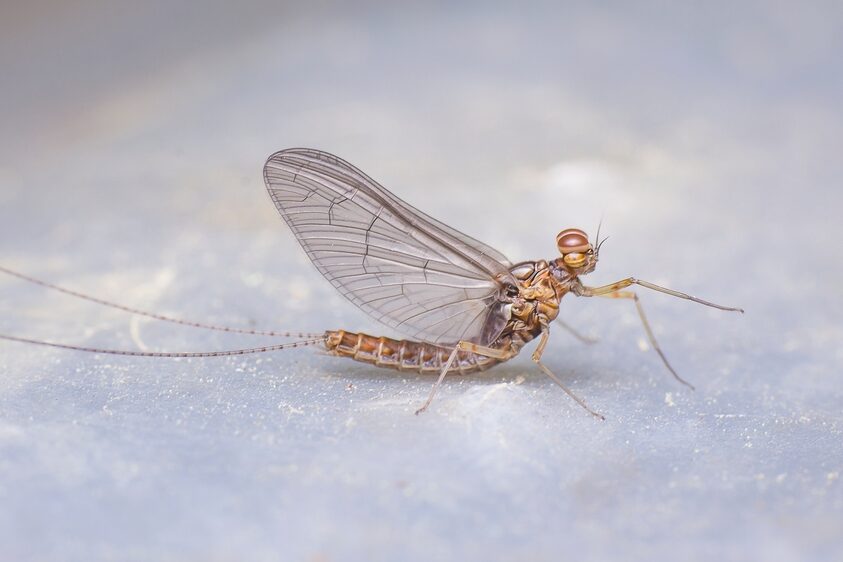
The mayfly is famous for its single day of adulthood. After living as nymphs for up to two years underwater, they emerge, sprout delicate wings, and live just 8 to 24 hours. In that short time, their only purpose is to mate and lay eggs, continuing a cycle that has existed for millions of years. Though their lives are brief, mayflies are a vital food source for birds and fish, making them essential in freshwater ecosystems. Their presence each summer reminds us that sometimes life’s value is not in its length but in what is accomplished quickly.
2. Gastrotrich – 3 Days
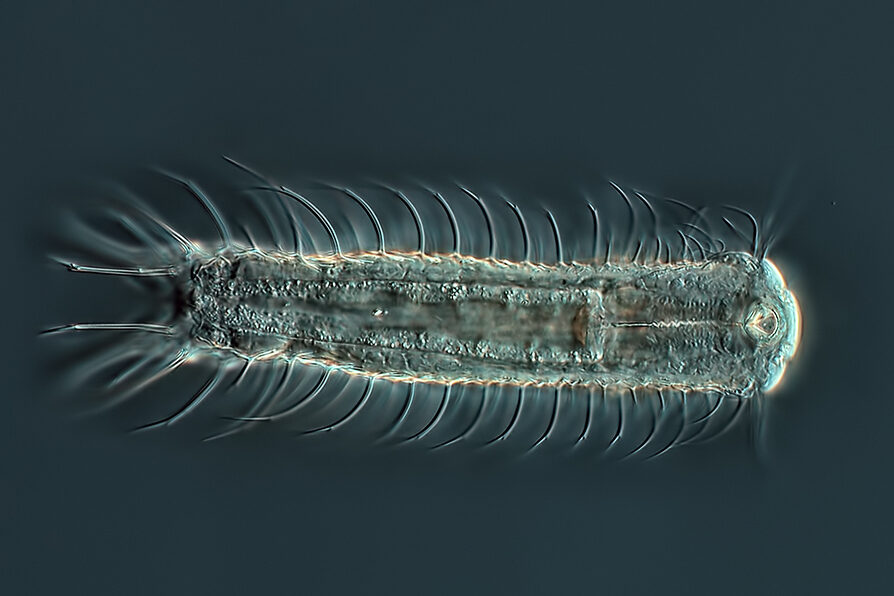
The gastrotrich is a microscopic animal that most people will never notice, yet its short life plays a meaningful role in aquatic habitats. These tiny creatures live only two to three days, drifting unseen through ponds, rivers, and oceans. During their brief time, they feed on bacteria and organic particles, helping to recycle nutrients in water systems. They also reproduce quickly, ensuring their kind never disappears despite their fleeting lives. Watching them through a microscope reveals an entire hidden world where life flashes by. The gastrotrich may be small and short-lived, but its impact is quietly important.
3. Gall Midge – 1–2 Days
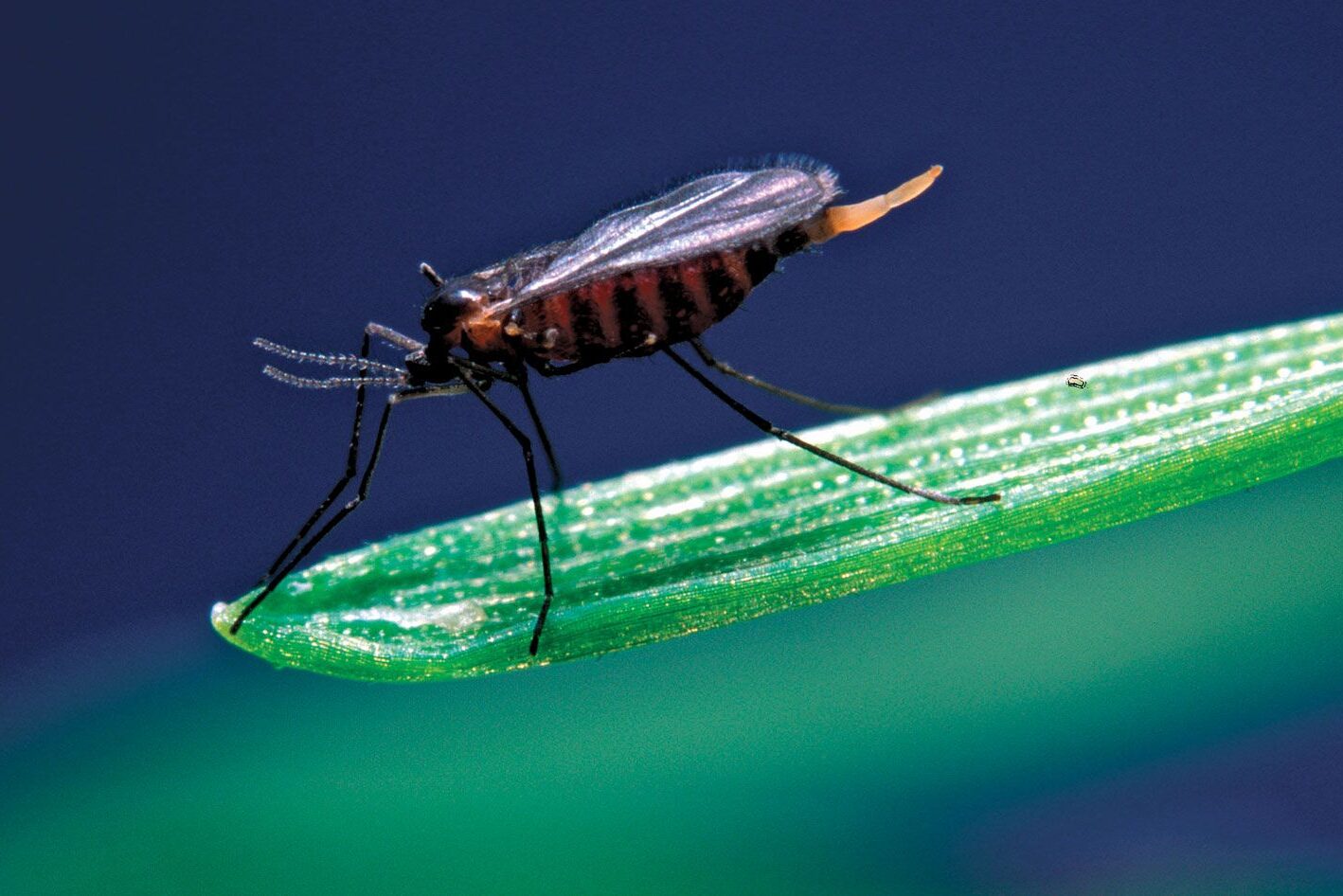
Gall midges are delicate insects that survive just long enough to continue their species. Adults live only one to two days, and during that time, their focus is on laying eggs. While their larvae are known to feed on plants, sometimes causing damage to crops, gall midges themselves highlight how nature balances life with time. They do not need long years to matter; their short lifespan is compensated by sheer numbers and adaptability. Every generation quickly replaces the one before it, ensuring survival. The gall midge shows us how persistence, not duration, often determines whether life carries on.
4. Adult Luna Moth – 7 Days
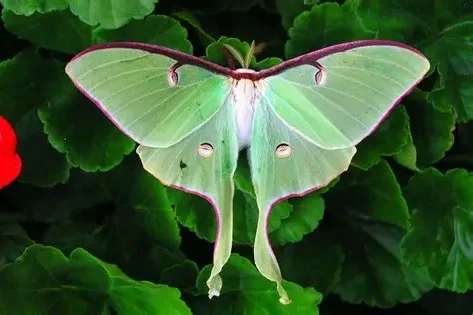
The adult luna moth is a breathtaking sight with its pale green wings and long tails, but beauty here is short-lived. These moths live for about one week, spending their days and nights searching for mates. They cannot eat or drink because they do not have mouths, surviving only on the energy they stored as caterpillars. Their short existence is entirely devoted to reproduction, ensuring new generations can emerge each season. To see a luna moth fluttering at night is to witness a fleeting miracle, knowing it will soon vanish. Their charm lies in both rarity and brevity.
5. Male Mosquito – 10 Days

Mosquitoes are often disliked, yet their lives reveal fascinating differences between males and females. Male mosquitoes live only about 10 days, feeding on nectar and flowers while focusing on reproduction. Unlike females, they do not bite humans and rarely cross our path with the same irritation. In their brief existence, males seek mates and then fade away, their role completed. Despite their short lives, mosquitoes as a whole remain crucial to food chains, providing meals for birds, bats, and fish. The male’s brief span shows how life can be purposeful even when it lasts only a handful of days.
6. Housefly – 28 Days
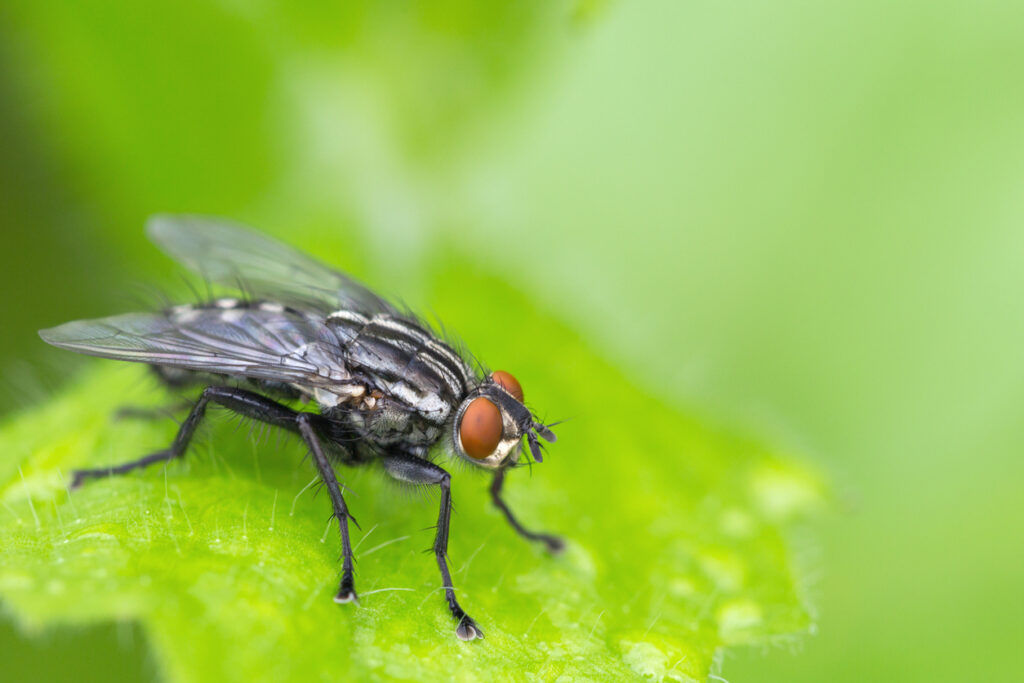
The housefly may only live for about four weeks, but those days are filled with constant activity. Females lay hundreds of eggs during their short lives, ensuring that new generations will emerge quickly. In this way, their cycle never truly stops, even though the individuals themselves fade fast. Flies often live close to humans, thriving in our environments and surviving on whatever scraps they can find. Although their presence can be annoying, they demonstrate how short lives can still leave behind a lasting legacy. For the housefly, survival is all about speed, numbers, and resilience.
7. Fruit Fly – 30 Days
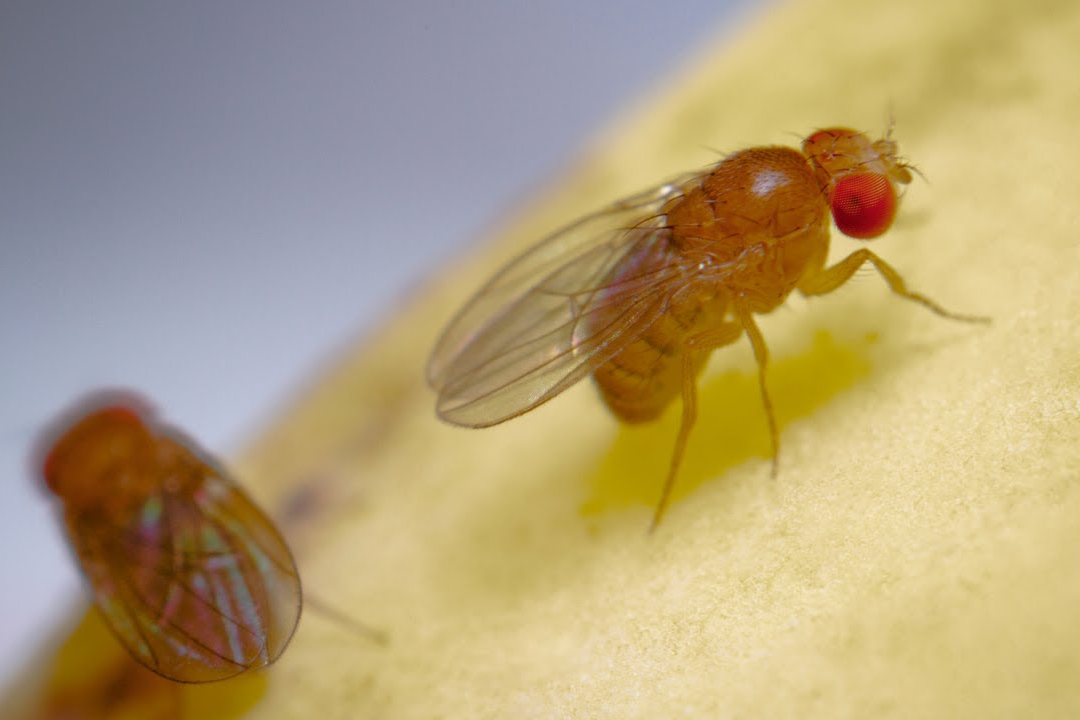
Fruit flies are small and fragile, yet they have become one of the most well-known insects because of their short month-long lives. Living for about 30 days, they spend their time reproducing quickly and gathering around ripe or decaying fruit. Their short lives allow entire generations to appear in just weeks, making them perfect for scientific study. In nature, fruit flies are part of a recycling process, breaking down organic matter and serving as food for other animals. Their brief existence highlights how even tiny creatures can play a larger role in ecosystems despite their limited time.
8. Worker Bee – 5–6 Weeks
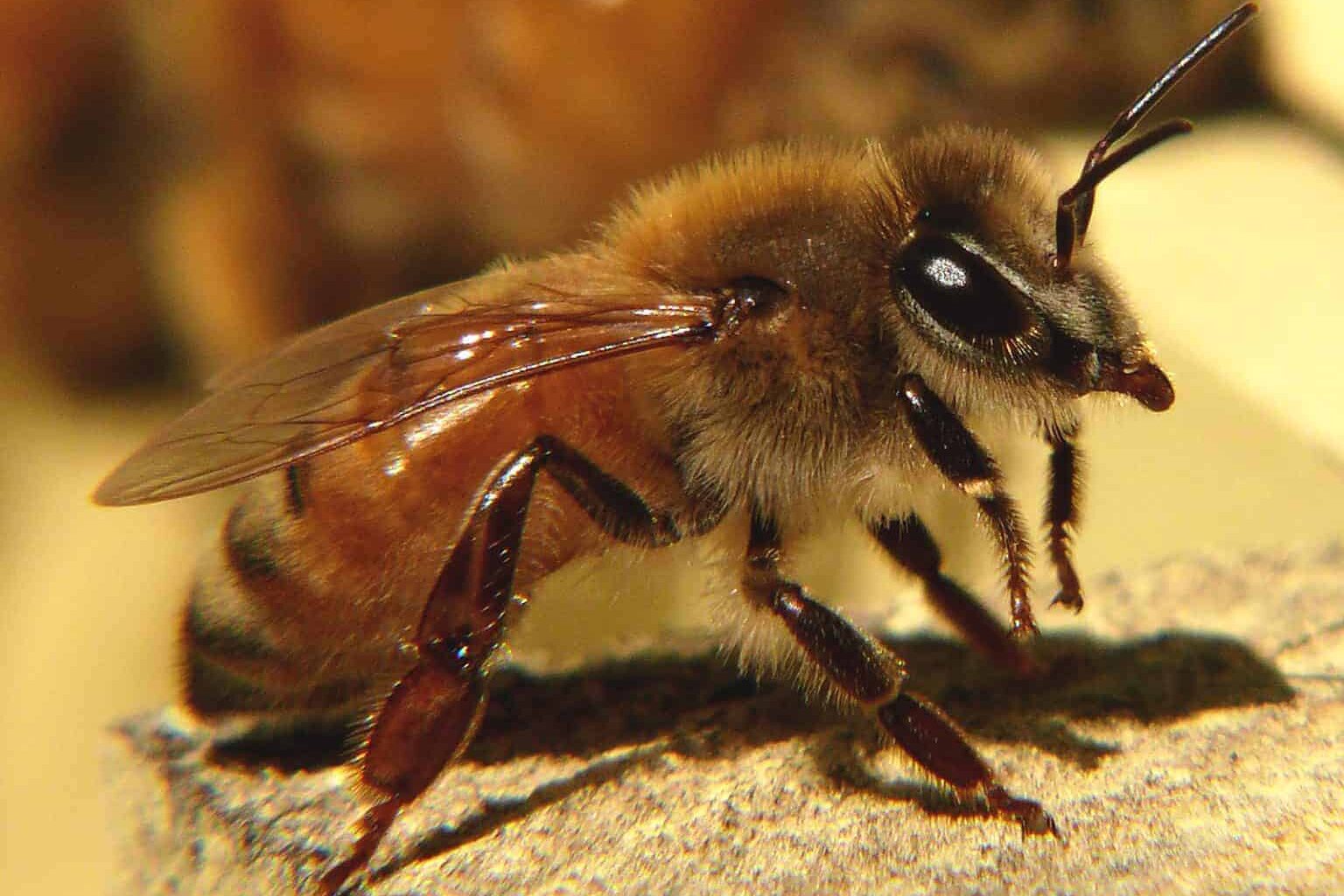
Worker bees are the backbone of a hive, and though they live for only five to six weeks, they spend every moment in service. Their tasks include feeding the young, collecting nectar, making honey, and protecting the colony. Each day is filled with labor, and by the end of their short lives, they are worn out from constant work. Their sacrifice keeps the queen alive and ensures the hive thrives. Worker bees may not live long, but the honey, pollination, and balance they provide last far beyond them. Their brief but full lives remind us of dedication.
9. Chameleon Shrimp – 6–8 Weeks
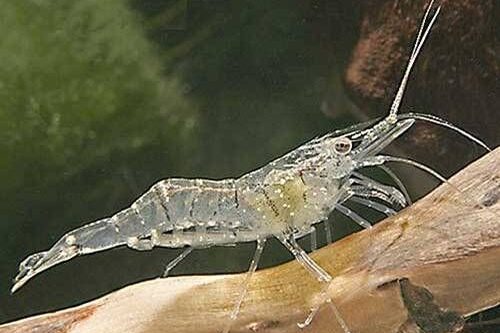
Chameleon shrimp bring color and activity to coral reefs, but their lifespan is only six to eight weeks. During that time, they clean parasites and algae from fish and coral, keeping reef ecosystems healthier. Their bright bodies and busy movement make them a striking part of underwater life, yet they disappear quickly. Their contribution to balance in the ocean is far greater than the time they live, showing that every small creature matters. The chameleon shrimp’s short life ties back to all the others, reminding us that life is about the difference made, not the years counted.
This story 9 Animals with the Shortest Lifespans on Earth was first published on Daily FETCH


